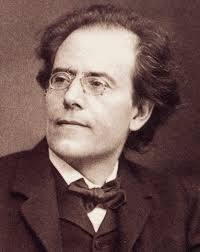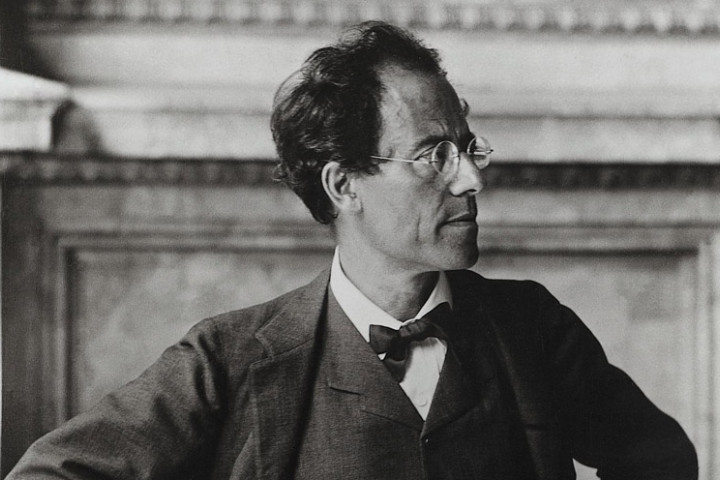The History of Symphony No. 4 by Gustav Mahler
Gustav Mahler’s Symphony No. 4 in G major stands as one of his most accessible and enigmatic works. Composed between 1899 and 1900, the symphony reflects a turning point in Mahler’s artistic journey—bridging the intense emotional landscapes of his earlier symphonies with a more refined, classical clarity. Despite its seemingly light-hearted surface, the work is deeply complex, blending innocence with irony, and serenity with philosophical reflection.
Origins and Inspiration
Mahler’s Fourth Symphony is the last of a trilogy of works (along with the Second and Third Symphonies) that draw inspiration from the German folk-poetry collection Des Knaben Wunderhorn (“The Boy’s Magic Horn”). In fact, the symphony’s final movement is a setting of the poem “Das himmlische Leben” (“The Heavenly Life”), which Mahler had composed in 1892—well before the rest of the symphony. This vocal movement, sung by a soprano, presents a child’s innocent vision of heaven, where music, food, and joy are endless.
Rather than building the symphony around grand philosophical questions, as he did in previous works, Mahler here opts for subtlety. The entire composition seems to unfold from the final movement’s theme, creating a symphonic structure that gradually works toward this childlike depiction of paradise.
Composition and Structure
Mahler began work on the rest of the symphony in the summer of 1899 in the Austrian village of Altaussee. By the summer of 1900, while vacationing in Maiernigg near the Wörthersee lake, he completed the orchestration.
The symphony is composed of four movements:
- Bedächtig, nicht eilen – A graceful and flowing sonata-form first movement, which establishes a lyrical and almost Mozartean atmosphere. However, Mahler cleverly subverts expectations with sudden shifts in mood and unexpected harmonic twists.
- In gemächlicher Bewegung, ohne Hast – A rustic scherzo featuring a prominent violin tuned a whole tone higher than usual. This “scordatura” violin lends a ghostly, ironic character to the movement, which Mahler described as “Death fiddling.”
- Ruhevoll (poco adagio) – A slow, serene third movement that offers profound emotional depth. It serves as the spiritual heart of the symphony, evoking a sense of timeless peace and divine calm.
- Sehr behaglich – The final movement, “The Heavenly Life,” presents a soprano solo that sings of the joys of heaven. Its childlike innocence is tinged with gentle satire and deeper reflection, ending the symphony in a unique mood of quiet wonder.
Reception and Legacy
The premiere of Symphony No. 4 took place on November 25, 1901, in Munich, conducted by Mahler himself. The initial reception was mixed. Some critics and audience members, expecting the grandeur and intensity of his earlier symphonies, were puzzled by the Fourth’s lighter tone and classical restraint.
Over time, however, appreciation for the symphony grew. Listeners and scholars came to admire its nuanced emotional world, masterful orchestration, and sophisticated structure. It is now regarded as one of Mahler’s most finely crafted works, often praised for its transparency and elegance.
A Symphony of Paradoxes
What makes Symphony No. 4 so intriguing is its blend of contrasts. It is at once simple and sophisticated, joyful and unsettling, childlike and philosophical. Mahler manages to capture the world through a child’s eyes, but the music hints at deeper questions about mortality, eternity, and the nature of happiness.
Unlike his later, more emotionally tumultuous symphonies, the Fourth invites the listener into a more intimate, contemplative space. It is a work that rewards repeated listening, revealing new layers with each encounter.
Conclusion
Gustav Mahler’s Symphony No. 4 is a testament to his genius for merging the personal with the universal. Beneath its serene surface lies a rich tapestry of meaning, drawing the listener into a uniquely poetic vision of life and the afterlife. It remains one of the most beloved and frequently performed of Mahler’s symphonies, offering both musical delight and profound introspection.


Comments are closed